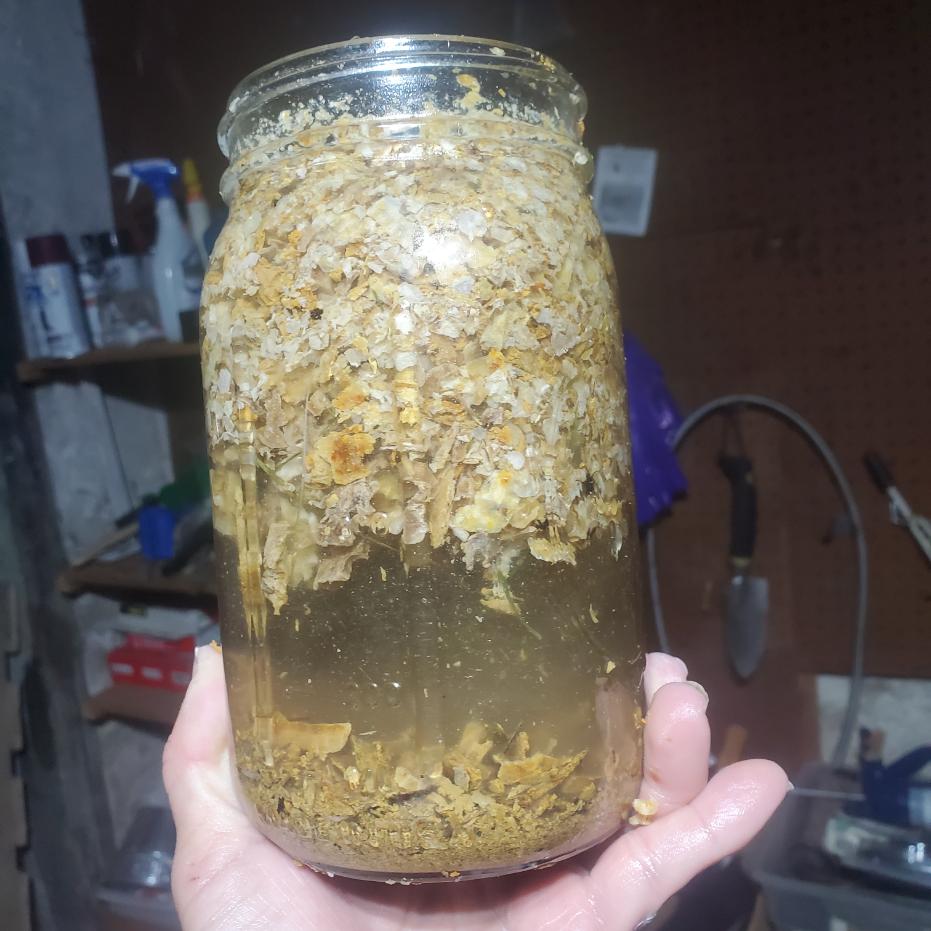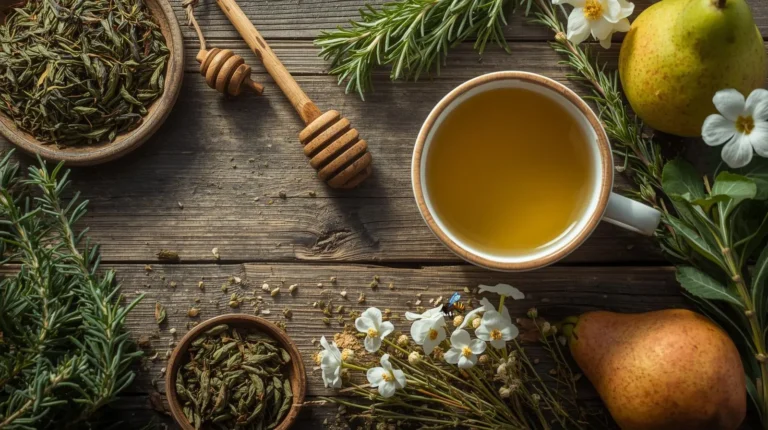The end of the summer means the bees need to start preparing for winter. One of the ways they do that is to increase the production of propolis, another amazing bee product with health benefits for humans!
August in the Apiary: What Did We Do?
The topic of the day was propolis and after explaining the propolis basics, you had a chance to see, smell, and touch some real (messy) propolis. I also explained the basics of creating a propolis extract – I should be done with my first batch before the last meeting in October. I’ll give you an update when I see you again.


We had a nice turnout for our August meeting in the apiary; I’m always happy when new people join us too! August was the 7th meeting of the Apiary Talk Series. Instead of doing ice-breakers at the beginning of our meetings, we’ve been doing a quick review of everything we have learned so far we’ve almost come full circle.
August is maintenance work for the bees and the beekeepers. We have seen them build up their reserves and increase their population, but the end of the summer signal that it’s time to reduce the population (the Queen finally gets a break) and the beekeeper helps them to reduce the size of their hive.

Topic of the Day: What is Propolis?
Propolis is a sticky substance produced by honeybees that serves many roles within the hive. Honeybees gather resins from the buds and bark of trees and then combine them with their own secretions to create a brown-ish, sticky substance called propolis.
Propolis has been called the most powerful antimicrobial found in nature! Propolis has been well researched. Bioactive compounds identified in propolis, like flavonoids and phenolics, play an active role in protecting the hive from pathogens and disease. The honeybees use it to seal gaps and cracks in the hive that are smaller than 5/16 inches. This creates an effective barrier against intruders and minimizes the entry of diseases.
Sealing cracks also helps regulate the hive’s temperature and humidity levels. Controlling these factors is crucial for brood development and survival over the winter months. If you think about the Propolis is often referred to as “bee glue” due to its adhesive properties; it is employed by bees to reinforce their structure and to coat surfaces, further limiting microbial growth.
Health Benefits of Propolis
Science has shown propolis to bee another amazing honeybee product with benefits to human bee-ings (honey being the other amazing honeybee product)! Research shows propolis has strong antimicrobial effects, meaning the compounds (called polyphenols) make it easier for your body to fight bacteria and more difficult for the bacteria to reproduce. AMAZING!
Scientific evidence also supports the claim that other compounds in propolis can reduce viral replication, potentially helping to treat influenza and other viral infections. This is an important area of ongoing research.
Propolis supplements in the form of tinctures, extracts, or capsules, may boost your body’s natural defenses and help to ward off infections. It doesn’t taste so great, but health enthusiasts believe in the overall health benefits, including improved respiratory health, anti-inflammatory properties, and enhanced skin healing.
Potential Risks and Interactions
Propolis is an amazing substance that helps the bees stay healthy and increasing bodies of research are showing it to be a useful supplement for human bee-ings as well. There are still some things to consider before including propolis into your health regimen.
Some people may experience allergic reactions to propolis, especially those who are sensitive to bee products. Symptoms of an allergic reaction can range from mild skin irritations to severe anaphylactic responses.
Propolis may interact with specific medications…or it may not. This absence of research data studying the potential interaction between its bioactive compounds and medications should make you cautious. The natural compounds within propolis could potentially alter how your body metabolizes drugs, leading to either increased effects or side effects.
It is recommended to consult with your healthcare provider before you make propolis a part of your health routine.
August Observations
Everyone who was at the Apiary Talk for August definitely observed real live hive beetles up close…even though I tried not to talk about them. We briefly looked at some ugly frames of a dead hive, with hive beetle larvae and full grown hive beetles in action. (YUCK).
We also observed the comb and honey in a super from a healthy hive. It wasn’t truly filled out; but we still had the opportunity to feel the heft of a relatively full super of honey. It’s amazing how much work those tiny worker bees can accomplish!
| TOTAL # HIVES | 10 |
| Presumed dead: hives with no activity, no bees entering in or out | 1 visibly weak hive and one “dead out” caused by hive beetles |
| Weather on day of class | 75 degrees F, mostly cloudy |
| Number of participants | 22 |
| Plants in Bloom | Elderberry bush; autumn sedum; a few wildflowers planted by Boy Scouts |
Thank You Surprises
This month EVERYONE got a surprise – beeswax wraps that can be used in place of saran wrap or aluminum foil. I didn’t have any instructions printed out on how to use them, but you can find at least 15 Different Ways To Use Beeswax Wraps online, including how to care for them. (I have no affiliations with the site).
Till Next Month…
The next meeting of the Apiary Series is on October 24th. It’s hard to bee-lieve it’s almost winter time. We’ll be talking about winter bees and most likely, observing the exodus of the drones!


